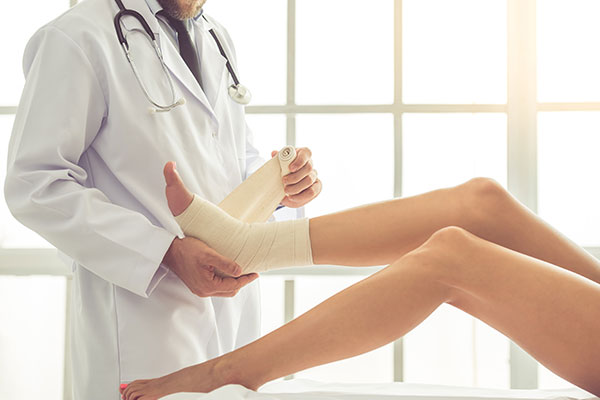Varicose veins are a common issue affecting millions of people worldwide, particularly women and older adults. These enlarged, twisted veins not only detract from the appearance of legs but can also lead to discomfort and health complications if left untreated. Fortunately, several effective treatments exist to alleviate symptoms and restore leg health. For individuals experiencing mild varicose veins, lifestyle modifications often serve as the initial approach. Regular exercise, such as walking or swimming, promotes better circulation and strengthens leg muscles, reducing vein strain. Maintaining a healthy weight can also ease pressure on veins, potentially preventing further enlargement. Additionally, elevating the legs and avoiding prolonged sitting or standing can improve blood flow and alleviate symptoms like swelling and discomfort. Compression stockings represent a non-invasive treatment widely recommended by healthcare professionals. These specially designed stockings apply pressure to the legs, helping veins to function more efficiently and reducing swelling. Available in various strengths and styles, compression stockings can be worn throughout the day to provide continuous relief.

They are particularly beneficial for individuals whose occupations involve prolonged periods of sitting or standing. For those requiring more targeted intervention, medical procedures offer effective solutions. Sclerotherapy, a minimally invasive treatment, involves injecting a solution directly into the affected veins. This causes them to collapse and eventually fade from view, rerouting blood flow to healthier veins. Sclerotherapy is typically performed in a doctor’s office and requires little downtime, making it a convenient option for many patients. Another common procedure, endovenous laser therapy EVLT, utilizes laser energy to seal off varicose veins. During this outpatient procedure, a thin laser fiber is inserted into the vein, delivering heat that causes the vein to close. Over time, the treated vein is absorbed by the body, improving both appearance and symptoms. EVLT is known for its high success rate and minimal discomfort, offering patients a swift recovery and noticeable results.
For severe cases or when other treatments prove ineffective, surgical options may be considered. Ambulatory phlebectomy involves the surgical removal of varicose veins through tiny incisions, typically performed under local anesthesia and go to the website. This procedure is effective for larger varicose veins close to the skin’s surface and provides long-term relief from symptoms. In recent years, advancements in technology have introduced innovative treatments like radiofrequency ablation RFA. Similar to EVLT, RFA uses thermal energy to close off problematic veins, but it may offer advantages such as reduced discomfort and faster recovery times. These procedures are often performed in specialized clinics or outpatient surgical centers, ensuring comprehensive care with minimal disruption to daily life. Regardless of the treatment chosen, post-procedure care is essential to optimize results and minimize complications. Patients are typically advised to wear compression stockings and avoid strenuous activities for a short period following treatment. Regular follow-up appointments allow healthcare providers to monitor progress and address any concerns, ensuring the ongoing health of the legs.
